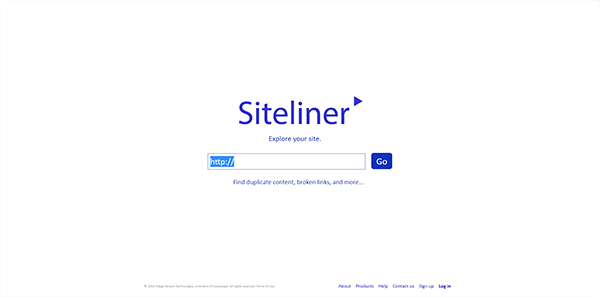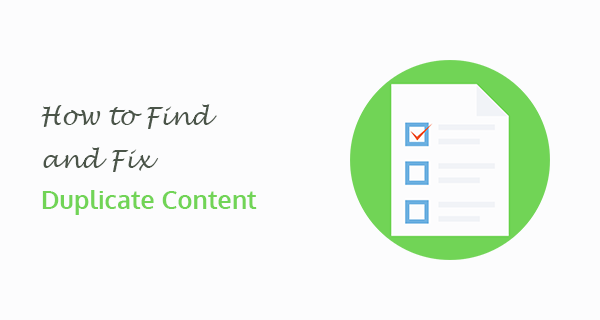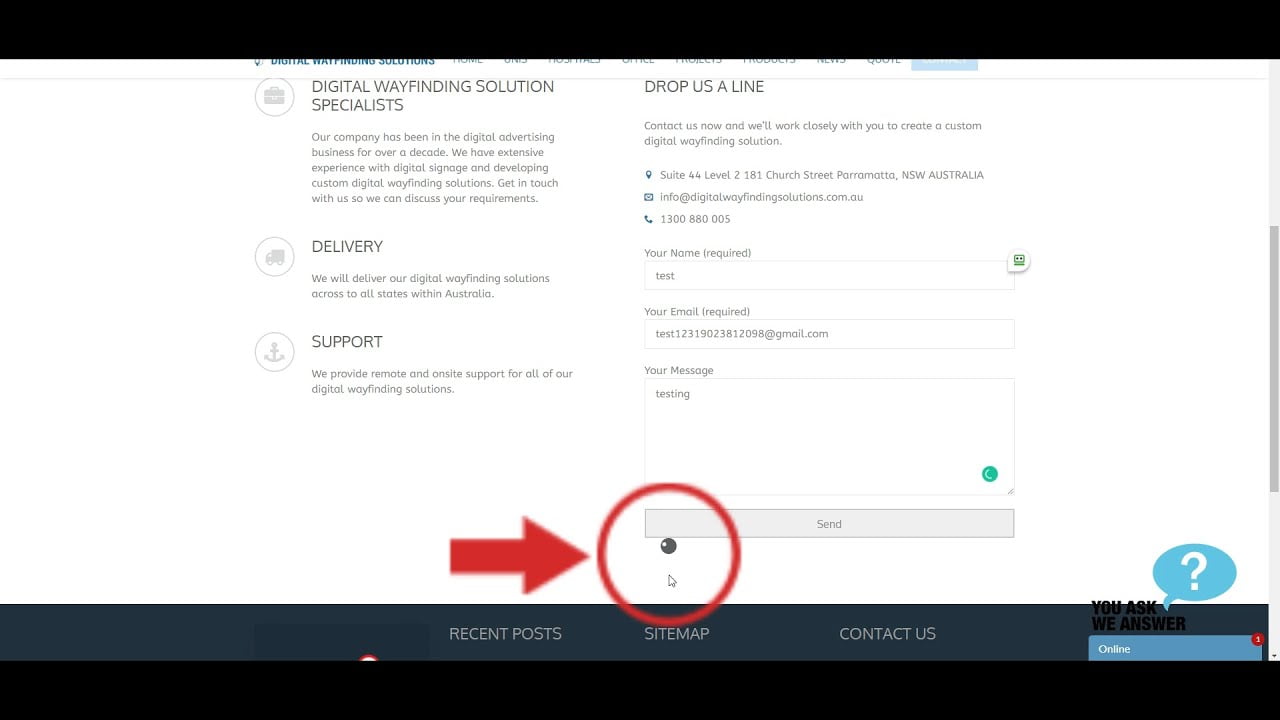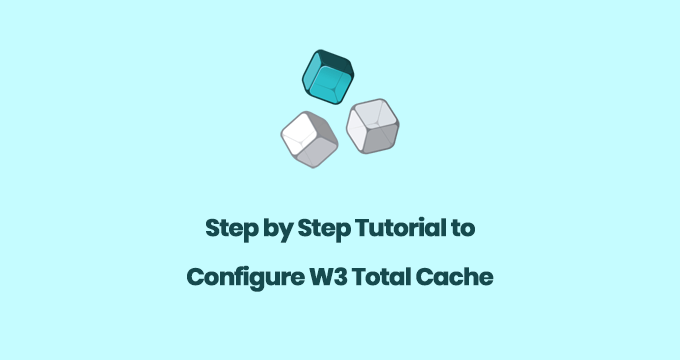Last Updated on by Azib Yaqoob
Duplicate content issues can drop any website ranking considerably. To attract more traffic to your website, every business should focus on content marketing.
When creating content, you can face content duplication issues on your website. Especially if you are using a content management system such as WordPress. It is famous for creating duplicate pages which can affect your Website’s SEO.
In this tutorial, we will discuss tools to find out duplicate content and how to fix those content issues.
What is Duplicate Content?
A block of content that has been copied internally on a website or by external sources (content piracy). Both of these content issues need to be fixed to achieve a great user experience throughout the website.
How to find out Duplicate Content on your website?
You can use a variety of tools to find out duplicate content. Here are some tools that can help you find the content duplication issues:
1. Google Search Console

Google Search Console mainly report duplicate meta tag issues, which most of the times help find the duplicate content pages. However, Google Search Console sometimes doesn’t report duplication issues or sometimes it takes time to index and report those issues. If you don’t find issues reported by Google Search Console, it doesn’t necessarily mean that your content is safe.
I always use multiple tools to check duplicate content on a clients website. Siteliner is one of those tools which helped me a lot to find duplicate content.
2. Siteliner

You can use Siteliner to find duplicate content blocks or broken links on a website. It is a great and highly recommended tool to fix those particular issues. You just need to type your website URL in the search box. Siteliner will provide a comprehensive content analysis report for free.
You can browse the report on the site or download content analysis report in a variety of formats.
3. CopyScape

It can help you find out content that has been copied by other websites. You can use it to find out if your blog posts and pages are getting copied.
However, it won’t tell you much about duplicate content blocks on your website. Also, if you hired a writer to write content for your business, then you can check if it has been copied from some other famous blog within your niche using Copyscape.
How to Fix Duplicate Content Issues
When you find out content issues, it would be much easier to get them fixed. Here’s how you can do that:
Use 301 Redirect to fix Duplicate Content
If you moved content from old URL variation to the new one, then you can use a 301 redirect. For example, if you have a page example.com/buy-cars-2017/ and you have updated the content for 2018 by changing the URL to example.com/buy-cars-2018/.
In this case, you can redirect the old 2017 URL variation to the updated one. It will help you move the link juice from old URL variation to the new one.
Canonical Attribute
If your website has 2 identical content pages with different URLs, you can use the canonical link element. It will help Google to understand which of the 2 identical pages that you want to be shown in the search.
You can also use a canonical attribute when you are syndicating content to other websites and social platforms.
NoIndex Nofollow Tag
Similarly, you can use Noindex and nofollow tag, in case you want search engines to completely don’t crawl and index a particular page in SERP. It’s a meta tag which means it can be included in the HTML < head > section of a page.
Here is an example of Noindex follow meta tag:
< meta name="robots" content="noindex,follow" >
You can use this tag on pages which you don’t want search engines to index and crawl. Example of such pages; privacy policy, terms, and conditions, user login page, etc…
Similarly, you can use robots.txt file to allow or disallow pages to be crawled by Googlebot.
If you are using WordPress, then you can check out these useful WordPress SEO plugins to optimize your content to the next level.



